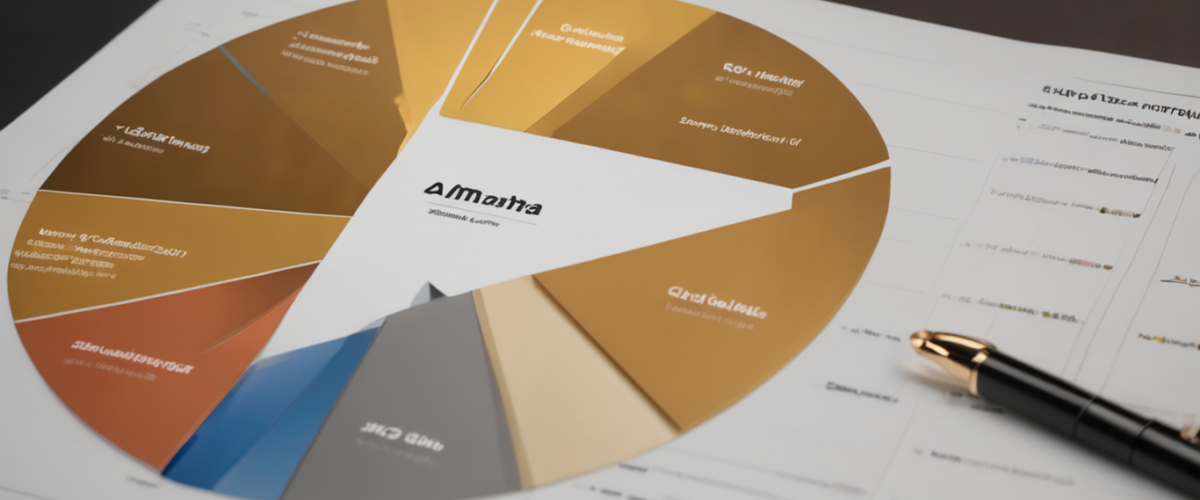Gold has always been a valuable and sought-after commodity, making it a popular investment option for many. However, investing in gold can be a complex and daunting task, with many factors to consider. Two common approaches to analyzing the gold market are technical analysis and fundamental analysis. While these two methods may seem different, they can actually work together to provide a more comprehensive understanding of the gold market. In this article, we will explore the benefits of using technical analysis in conjunction with fundamental analysis for gold investing, and how it can help investors make more informed decisions. So if you’re looking to improve your gold trading strategies, keep reading!
When it comes to investing in gold, it’s important to understand both technical and fundamental analysis. These two approaches are often used together to make informed investment decisions. In this article, we will cover the basics of technical analysis and how it can be used in conjunction with fundamental analysis to enter the gold market as a beginner investor.
First, let’s define technical analysis. This approach focuses on analyzing past market data, such as price movements, trading volume, and historical trends, to predict future market behavior. On the other hand, fundamental analysis looks at the underlying factors that affect the value of an asset, such as economic conditions, supply and demand, and geopolitical events. Combining these two approaches can help new investors make more well-rounded decisions when it comes to investing in gold.
When using technical analysis for gold trading, there are several key indicators to pay attention to. These include moving averages, support and resistance levels, and chart patterns. Moving averages show the average price of an asset over a specific period of time and can help identify trends. Support and resistance levels are price points where buyers and sellers tend to enter or exit the market, respectively. Chart patterns, such as head and shoulders or double tops and bottoms, can also indicate potential changes in market direction.
In addition to technical analysis, fundamental factors should also be considered when investing in gold. These include global economic conditions, inflation rates, interest rates, and political events. For example, if there is uncertainty in the stock market or a decrease in interest rates, investors may turn to gold as a safe-haven asset. Understanding these factors can help investors make more informed decisions when using technical analysis for gold trading.
Now, let’s explore some ways to enter the gold market as a beginner investor. One option is to purchase physical gold, such as bullion or coins. This involves buying and storing the physical metal, which may require additional costs for storage and insurance. Another option is to invest in gold stocks, which are shares of companies that mine and produce gold. Gold stocks can provide exposure to the gold market without the hassle of storing physical gold. Other options include gold IRA accounts, which allow investors to hold physical gold within a retirement account, and gold ETFs, which are funds that track the price of gold.
Before entering the gold market, it’s important to consider the current state of the market and potential risks and rewards. While gold can be a stable investment during times of economic uncertainty, it can also experience volatility due to factors such as changes in demand or mining production. It’s important for investors to do their research and understand the potential risks and rewards associated with investing in this precious metal.
Options for Entering the Gold Market
As a beginner investor looking to enter the gold market, it’s important to understand the different options available to you.
One option is to invest in physical gold, such as buying gold coins or bars. This allows you to own the physical asset and potentially benefit from its value appreciation over time.
Another option is to invest in gold ETFs (exchange-traded funds). These are funds that hold a basket of gold assets and can be traded on the stock market, providing more liquidity and flexibility for investors.
You can also invest in gold mining stocks, which are stocks of companies that mine and produce gold. This option involves more risk, but also has the potential for higher returns.
Finally, you can also invest in gold through futures contracts or options. These are more advanced investment strategies and should be approached with caution.
Considering Fundamental Factors
When it comes to investing in gold, it is crucial to consider both technical and fundamental factors. While technical analysis focuses on the past performance and trends of an asset, fundamental analysis looks at the economic and political conditions that can affect its value.
When investing in gold, one must pay attention to the overall state of the economy. Gold is often seen as a hedge against inflation, so when inflation rates are high, the demand for gold tends to increase, driving up its price. On the other hand, when the economy is performing well and inflation rates are low, gold may not be as attractive to investors.
Political factors can also play a significant role in the value of gold. In times of political uncertainty or instability, investors may turn to gold as a safe haven asset, driving up its demand and price. On the other hand, when there is political stability and confidence in the government, the demand for gold may decrease.
Other fundamental factors to consider when investing in gold include interest rates, currency exchange rates, and global events such as wars or natural disasters. These can all impact the supply and demand for gold and ultimately affect its value.
Evaluating Risks and Rewards
When investing in gold, it is important to understand the potential risks and rewards associated with this type of investment. Gold is a highly volatile market and can experience significant fluctuations in price, making it a high-risk investment option. However, it also has the potential for high rewards if the market is favorable.
One of the biggest risks of investing in gold is its price volatility. The price of gold can be affected by various economic and political factors, making it difficult to predict and potentially resulting in losses for investors. It is important to carefully evaluate these risks and make informed decisions when entering the gold market.
On the other hand, the potential rewards of investing in gold can be significant. In times of economic uncertainty or inflation, gold often performs well as a safe haven asset. This can provide investors with a hedge against market volatility and potential gains in their portfolio.
It is important to note that the risks and rewards of investing in gold can vary depending on individual circumstances and market conditions. Therefore, it is essential to conduct thorough research and consult with a financial advisor before making any investment decisions.
Understanding Technical Analysis
When it comes to investing in gold, it’s important to understand both technical and fundamental analysis. These two approaches are often used together to make informed investment decisions. Technical analysis involves analyzing market data, such as price movements and trading volume, to identify patterns and trends that can help predict future price movements. This is done through the use of key indicators, which are mathematical calculations based on historical market data. These indicators can provide valuable insights into the current state of the market and potential future movements.
One of the most commonly used indicators in technical analysis is the moving average. This is a line that plots the average price of a security over a specific period of time, such as 50 days or 200 days. Traders often use moving averages to identify trends and potential support and resistance levels. Other popular indicators include the Relative Strength Index (RSI), which measures the speed and change of price movements, and the Bollinger Bands, which show volatility levels.
By understanding these key indicators and how they interact with each other, investors can gain a better understanding of market trends and make more informed investment decisions. For example, if the RSI is showing an overbought signal and the Bollinger Bands are narrowing, this could indicate that the market is due for a correction. This information can then be used in conjunction with fundamental analysis to determine whether it is a good time to buy or sell gold.
In conclusion, using technical analysis in conjunction with fundamental analysis can provide new investors with a well-rounded approach to entering the gold market. By understanding key indicators, fundamental factors, and available investment options, investors can make more informed decisions when it comes to investing in this precious metal. However, it’s important to do thorough research and understand the potential risks and rewards before entering the gold market. With the right knowledge and approach, investing in gold can be a valuable addition to any investment portfolio.



